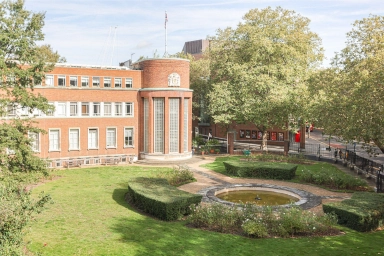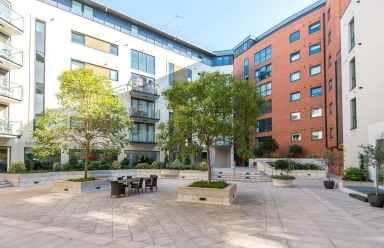- Selling
-
Buying
-
Landlords
-
Show more
- B&R Landlord hub
- Management services
- Vacant management
- Landlord reviews
- Rental investment
- Furnishing and refurbishment
- Renters' Reform Bill
- Yield calculator
- Free online valuation
- Stamp duty calculator
- ROI calculator
- Landlord resources
- EPC guide
- Video hub
- Area guides
- Fees for landlord
- Lettings Laws
- Why choose Benham and Reeves
- Renting
-
New homes
- House prices
-
International services
-
International offices
China, Hong Kong SAR, India, Indonesia, Malaysia, Middle East, Pakistan, Qatar, Singapore, South Africa, Thailand and Turkey
Learn more - Show more
- Contact
Holborn's busy thoroughfares cannot hide its Dickensian past, indeed the celebrated author and reformer lived and worked here and based some of his characters on people he came across in the area. This district is a conduit between the City and the West End and may be said to contain the best of both worlds, playing host to a large number of shops and hotels whilst still retaining a number of character-laden old pubs. The Inns of Court, with their fine buildings and lush enclosed green spaces are located here, next to the former journalists' stomping ground, Fleet Street and the Strand, a grand theatre strip that leads past the world famous Savoy Hotel on its way to Trafalgar Square.
Holborn Underground station is serviced by Piccadilly and Central Lines. Many bus routes run along Holborn and Kingsway.
Explore Holborn on map
Top attractions in Holborn
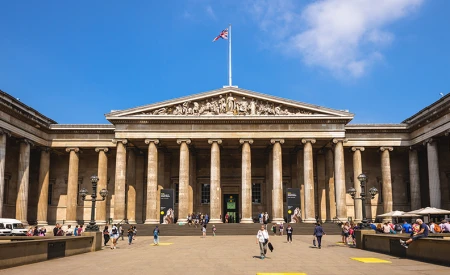
The British Museum
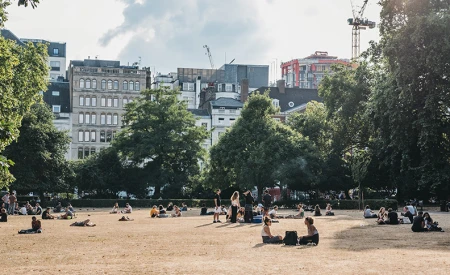
Lincoln's Inn Fields
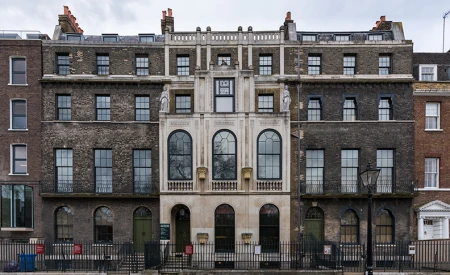
Sir John Soane's Museum

The Hunterian Museum
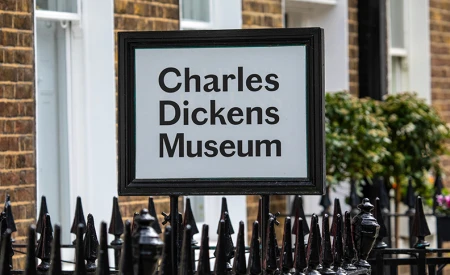
The Charles Dickens Museum
Frequently asked questions about Holborn
The name 'Holborn' comes from the Old English words' hol' (hollow) and 'bourne' (stream), referring to the River Fleet
Holborn is renowned for its picturesque public squares, including Bloomsbury Square and Red Lion Square, which provide green spaces within the urban landscape
Holborn is home to some of London's oldest pubs, such as The Cittie of Yorke, which dates back to the 15th century
The streets of Holborn have appeared in numerous films, including the
The Royal Opera House, a significant cultural landmark, was originally built in 1732 and is situated on the edge of Holborn
Areas near Holborn
Get in touch
How much is your property worth?





















